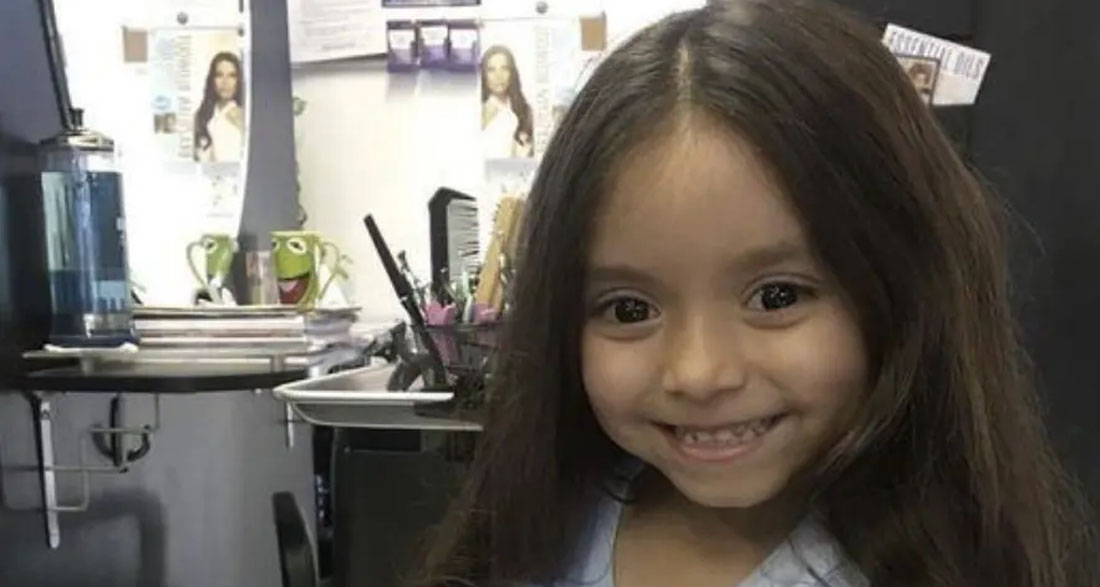A mother took her eight-year-old daughter to a salon for a back-to-school haircut. They sat in the waiting area, the little girl excited for her turn. When the hairdresser finally called them over, the girl hopped onto the chair, ready for her fresh look.
As the hairdresser began to gently comb through the girl’s hair, something unusual caught her eye. She paused, looking closer. What she found sent a chill down her spine—there were tiny insects crawling everywhere. Thousands of them. Lice.
Startled, the hairdresser stopped what she was doing and walked over to the mom. “Ma’am, your daughter has lice. A lot of them.”
The mother looked up from her phone and shrugged. “Yeah, I know. I just didn’t know how to get rid of them. I didn’t think it was a big deal.”
The hairdresser was shocked. She stared at the mom, struggling to understand why anyone would take their child to a salon with lice, and worse, not see it as serious. She knew she had to say something but also had to be careful. After a deep breath, she calmly explained, “Lice can be very contagious, especially with kids being around each other at school. It’s really important to take care of this before it spreads.”
The mother didn’t seem too concerned, but the hairdresser felt a responsibility to share what she’d seen with others. She posted online about the incident, hoping to raise awareness of how dangerous lice can be, particularly for young children.
Lice aren’t just a minor inconvenience. If not treated, they can quickly spread to others through close physical contact—like a hug—or by sharing things like hats, combs, or pillows, especially in schools or daycares where kids are always close together.
There are signs that can help parents catch lice early before it becomes a problem:
- Severe itching on the scalp, body, or even the genital area.
- Feeling something crawling in the hair—an unsettling sensation like tiny movements.
- Spotting lice on the scalp, in clothes, or even on the skin. These lice are often as small as sesame seeds but can sometimes be a bit bigger.
- Eggs of lice, called nits, which stick tightly to the hair. Nits are tiny and can be mistaken for dandruff, but they’re much harder to remove. They often cling near the ears or at the back of the neck.
- Small red bumps from constant scratching. These bumps can appear on the scalp, neck, and shoulders and may get infected if scratched too much.
- Bite marks on parts of the body like the groin, upper thighs, waist, or around the pelvis area.
Luckily, there are effective treatments for lice. Special lice shampoos and combs can be found at most pharmacies, and in some cases, it’s best to consult a doctor. Treating lice quickly prevents it from spreading to others, especially in schools where kids are in close contact every day.
In the end, the hairdresser’s quick action may have stopped a bigger problem from happening at that salon, and hopefully, her story would help other parents take lice seriously.


